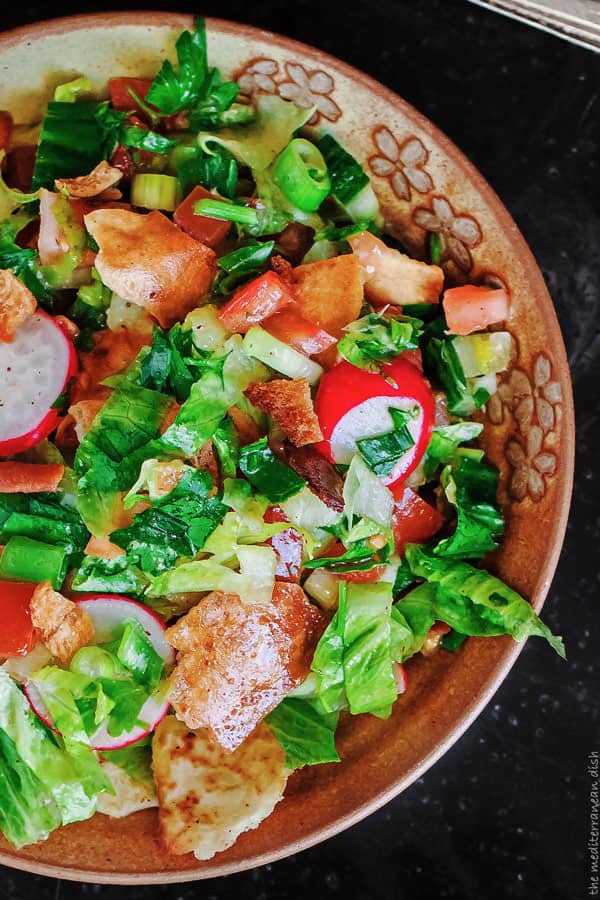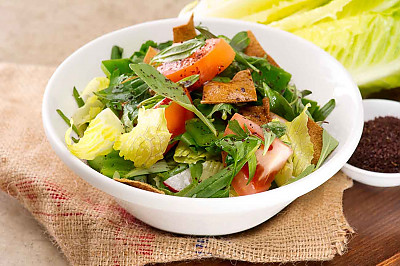The Mediterranean diet is primarily a plant-centered diet, rich in plant-based sources of fat, with contributions from fish, poultry, and a limited amount of dairy.
For years now, the Mediterranean way of life has been looked to for its health benefits. Diets rich in fruits, vegetables, fish, and healthy fats and low in processed foods are good for us — particularly for our hearts.
Following an eating plan like they do in countries such as Greece, Italy, Crete, and some parts of the Middle East has been shown to reduce the riskTrusted Source of heart disease.
It’s also associated with a reduced risk of cancer, Parkinson’s disease, Alzheimer’s disease, and other chronic inflammatory diseases. The American Diabetes Association (ADA)Trusted Source also recommends the diet for diabetes management.
What the Mediterranean diet is all about
The Mediterranean diet draws upon the culinary practices of southern Europe, North Africa, and the Mediterranean Middle East. This eating plan consists primarily of foods available geographically in those regions prior to globalization. The eating pattern originally includedTrusted Source locally grown and seasonal fresh foods.
The modern Mediterranean eating pattern includesTrusted Source the following food groups.
A high intake of:
- legumes
- fruit
- nuts
- whole-grains
- olive oil
- herbs and spices to replace salt
- vegetables
A low-to-moderate intake of:
- fish
- dairy products
- red wine, often with meals
A low intake of:
- saturated fat
- meat
- sweets
- poultry
- processed foods
Learn More: The Mediterranean Food Pyramid »
Healthy fats, like olive oil, should be used in place of others, like butter and vegetable oil. And red wine can even be enjoyed in moderate amounts.
Need some examples? We’ve compiled some of the best, authentic recipes for Mediterranean-style eating. Bon appétit!
1. Fattoush salad

Pita chips in a salad? The crunchy bites mean the fattoush always goes fast in a Middle Eastern meze. The salad features all of the fresh summer salad ingredients you’d find in a traditional garden, along with a lime vinaigrette that has allspice and cinnamon.
What is Fattoush?
Fattoush is essentially a “bread salad,” said to have originated in Northern Lebanon. Lebanese farmers would fry leftover pita scraps in a bit of olive oil for extra flavor. And to build their fattoush, they’d simply throw the pita chips in with whatever in-season vegetables and herbs they have on hand.
For this reason, the ingredient list for fattoush may vary. And you will certainly find different versions of fattoush throughout the Middle East.




